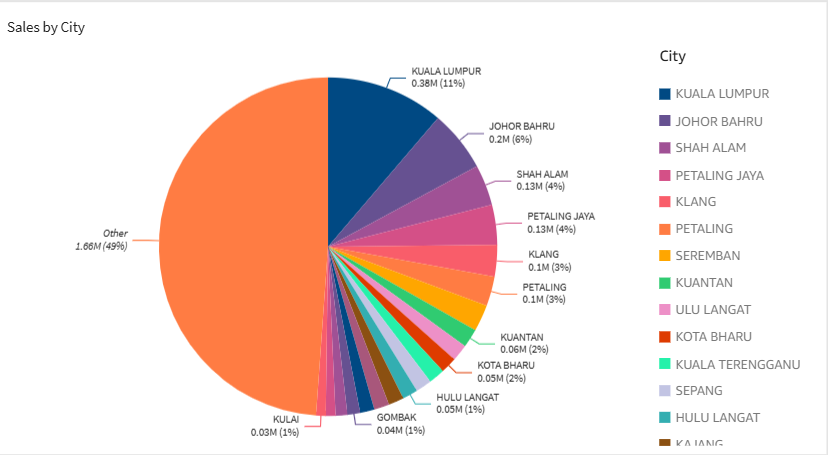There’s a moment every fast-growing online brand eventually reaches:
- Sales are growing.
- Customers ask where they can see the products before they buy.
- Someone on the team says, “What if we open a physical store?”
Before we go further: This case study is based on a fashion brand in Malaysia that primarily sells on TikTok. We are keeping their identity private for confidentiality reasons – referring them to Fashion X in this post.
Now, back to the case study.
For most online businesses, choosing the location of your first physical store can be scary:
- What if the mall looks great but has no great customers?
- What if rent kills your cash flow?
- What if your best customers don’t frequent the area?
Fashion X faced these challenges.
But instead of relying on gut instinct, or “recommendations” from people, they decided to dig into their e-Commerce data.
Find Where Customers Already Are
Fashion X has run their business for years. They have data from every marketplace (Shopee, TikTok, Lazada) they sell on.
To start, they analyzed their paying customer data by state, city and postcode. These were customers who bought from them online.

Analyzing paying customers down to states and zipcodes
And quickly realized that their early assumptions of where their high-AOV customers are located was wrong.
The best first physical store location isn’t about where you hope a lot of customers are. The better strategy is to serve your best customers, by going close to where they are.
This analysis helped Fashion X cut their list of possible locations down to just the few with proven customer demand.
Predicting Footfall Traffic
Fashion X then dug into when their customers shop. They analytics dashboard (powered by BRP e-Commerce Analytics) revealed two key insights:
- Their highest sales volume days tend to fall on Thursdays
- They get bigger orders in the 2nd and 4th week of the month.
After further surveying a few customers, they found two possibilities for the insights:
Reason #1: Customers buy on Thursdays, so they could receive the product by the weekend.
Reason #2: Customers tend to spend more on the last week of the month, because that’s usually around the time they receive salaries.
With this information, launching a physical store could be a way to serve the customers by providing an avenue for shoppers to buy last-minute clothes on the weekend (if they missed the Wed/Thursday purchase window).
Style by location: Data-Driven Merchandising
Finally, Fashion X zoomed into what sells well depending on the area.
Certain SKUs sold well in certain states, but did poorly in others. This revealed that different customers in different locations had different style preferences, and would pick different SKUs.

This gave them the insight to figure out which products to stock and feature at the physical store. And also becomes something of value towards their future plans of opening stores in multiple locations, possibly featuring slightly different SKUs in each of them.

Hitting positive revenue on launch
When Fashion X signed their lease and launched their physical store, they had a positive month of sales.
They were not playing the guessing game. By studying their data:
- They knew they had a strong customer base in the location they chose.
- And knew which products customers in the area would favor
And Fashion X opened their first physical store with confidence.
Launching an offline store soon?
If you are an e-Commerce brand, planning to launch an offline store, don’t rely on gut feeling. Use data you already have.
Data that exists in your e-Commerce marketplaces and website store, can reveal a lot of insights.
The challenge is knowing which data to look at.
Want to find revenue opportunities in your e-Commerce data?
Book a free strategy session and we’ll show you how to drive more revenue from your e-Commerce store.



Leave A Comment